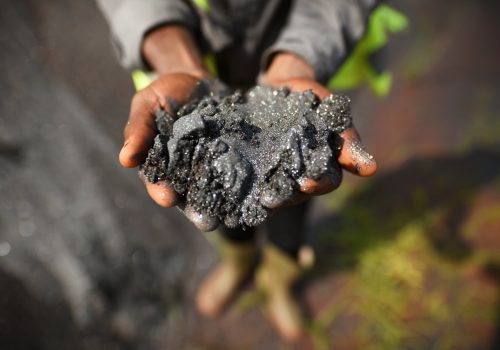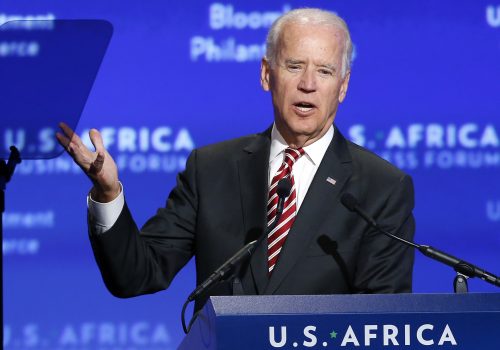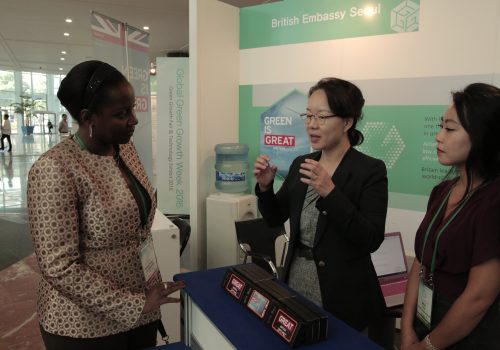Growing green: Catalyzing climate finance in African markets
Introduction: What is at stake?
African countries suffer the most from climate change while having contributed the least to global warming. This troubling trend is expected to intensify in the coming decades, and millions of people are at risk of falling into poverty due to unmitigated climate change impacts. Moreover, given the economic fallout from the COVID-19 pandemic, fostering economic development in African markets is more critical than ever: sub-Saharan Africa is experiencing its first recession in twenty-five years with an estimated -3.3 percent growth rate in 2020.
Yet Africa is home to untapped potential: the continent possesses an abundance of natural resources, notably renewables, a dynamic demography, and vibrant economic prospects. In recent years, Africa has, on average, grown faster than the rest of the world with a 4.6 percent annual regional growth rate between 2000 and 2018. Six of the ten fastest-growing economies in the world, despite COVID-19, are in Africa.
To face the climate emergency, overcome the economic shock of COVID-19, and ensure that African economic development is sustainable, growth can only be green. African countries—90 percent of which have ratified the Paris Agreement—and the rest of the international community—strengthened by the United States rejoining the Paris Agreement—are keenly aware of this. However, capitalizing on this political will remains a challenge due to the persistent financing gap.
Fostering growth will require mobilizing billions in investment for infrastructure. Leapfrogging carbon-dependent infrastructure by building green and resilient is an opportunity to reconcile economic development with climate change mitigation and adaptation in African markets. Beyond the public funding currently being invested by African governments, international organizations, bilateral donors, and private sector investors all have key roles to play in meeting the significant financing needs. However, tapping into this potential will require using both proven and innovative financial instruments, while lifting remaining roadblocks to attracting green finance.
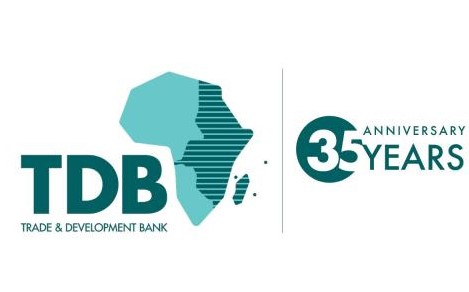
This report is part of a partnership with the Eastern and Southern African Trade and Development Bank (TDB). Established in 1985, TDB is a multilateral, treaty-based, investment-grade development finance institution, with forty-one sovereign and institutional shareholders and assets of $7.2 billion. TDB serves twenty-two economies in its region, with the mandate to finance and foster trade, regional economic integration, and sustainable development.
Report author
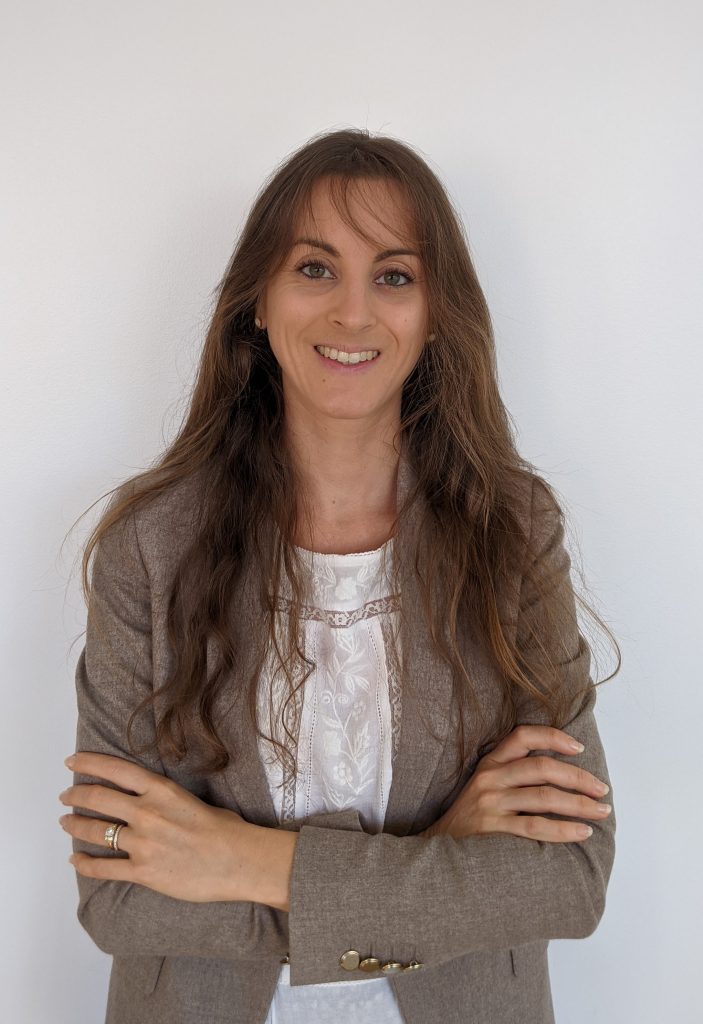
Emilie Bel is an international affairs expert with a financial background and a decade-long experience working in Brussels and Paris.
As a consultant for the World Bank, she works on financial inclusion and microinsurance, notably in Africa. Before moving to Washington, DC, she was head of international affairs at the French Insurance Federation (FFA), in charge of managing institutional engagement on financial topics with European institutions, international organizations (UN, WB, IMF, OECD, IAIS), and multilateral fora (G20/B20, G7/B7). In this context, she handled close relationships with partner insurance federations in Africa and MENA.
Related content

The Africa Center works to promote dynamic geopolitical partnerships with African states and to redirect US and European policy priorities toward strengthening security and bolstering economic growth and prosperity on the continent.
Image: The Agahozo-Shalom Youth Village outside of Kigali, Rwanda hosts an 8.5 megawatt solar field, created as part of Power Africa’s Solar Africa project. With this new project, Rwanda’s generating capacity increased by six percent. Photo credit: Flickr/USAID/Power Africa.
